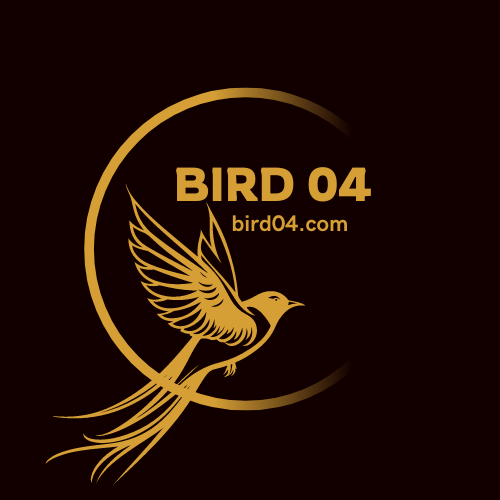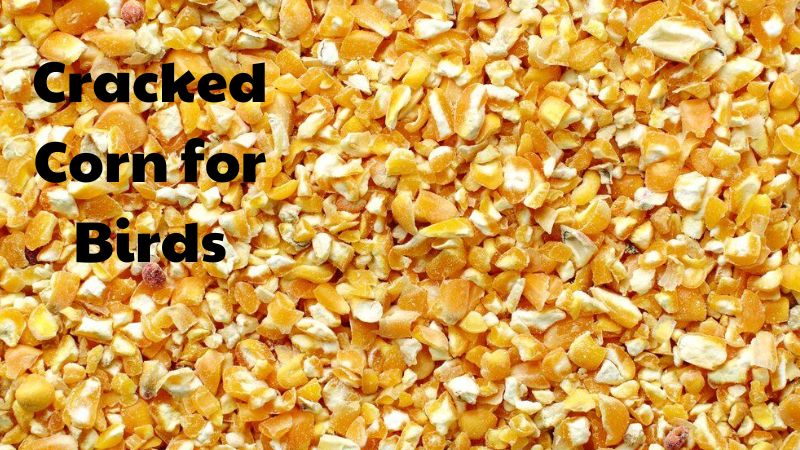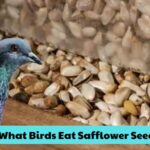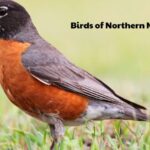Bird Care
Cracked Corn for Birds: A Perfect Addition to Their Diet
Cracked corn for birds is a popular and nutritious treat that offers numerous health benefits. Rich in essential vitamins, minerals, and energy, it supports the growth and development of various bird species. Whether you’re a seasoned bird owner or just starting out, understanding the value and proper use of cracked corn can greatly enhance your feathered friends’ diet and overall well-being. Let’s explore more details with Bird04!
Benefits of Cracked Corn for Birds
Nutritional Value
Cracked corn is an excellent source of nutrition for birds, offering a wealth of essential components crucial for their growth and development. One of the primary benefits of cracked corn is its high starch content, which provides a quick source of energy. This is particularly important for active bird species that require substantial energy for daily activities such as flying, foraging, and interacting with their environment.
In addition to starch, cracked corn is rich in dietary fiber. Fiber plays a vital role in promoting a healthy digestive system, helping birds to process their food more efficiently and absorb nutrients effectively. A diet high in fiber can prevent gastrointestinal issues, ensuring that birds maintain optimal health.
Moreover, cracked corn contains essential vitamins, including B1 (thiamine), B2 (riboflavin), and E (tocopherol). Vitamin B1 is important for energy metabolism and overall nerve function, while B2 supports skin and feather health. Vitamin E is known for its antioxidant properties, enhancing immunity and contributing to the maintenance of shiny, healthy feathers.
These vitamins collectively help bolster a bird’s resilience against diseases, making cracked corn a valuable addition to their diet.
Effects of Cracked Corn
The digestibility of cracked corn is one of its standout features. Its soft texture and preparation methods make it easy for birds to consume, facilitating quick absorption of nutrients. This rapid absorption is especially beneficial for young, growing birds and those recovering from illness or stress, as they require more energy and nutrients to support their health.
In addition to energy, cracked corn significantly contributes to feather growth. Birds undergoing molting or those that require extra care for their plumage can benefit greatly from this nutrient-rich food. The combination of energy, vitamins, and minerals supports the production of healthy feathers, enhancing their appearance and vitality.
For pet owners aiming to improve the aesthetics and overall condition of their birds’ plumage, cracked corn is an excellent choice.
Bird Preferences
Cracked corn is favored by a wide variety of bird species, making it a versatile option for bird enthusiasts. Common species that enjoy cracked corn include sparrows, pigeons, canaries, and parrots. The appealing taste and texture of cracked corn make it a sought-after snack among these birds, contributing to their overall satisfaction and well-being.
Birds are naturally inclined to forage for food, and cracked corn satisfies this instinctual behavior. Its availability can create a stimulating environment for birds, encouraging them to engage in natural foraging habits. Providing cracked corn as part of their diet not only supports their nutritional needs but also enhances their mental and emotional health.
Overall, incorporating cracked corn into a bird’s diet offers a range of nutritional benefits while also catering to their natural preferences, making it an excellent choice for maintaining healthy, happy birds.
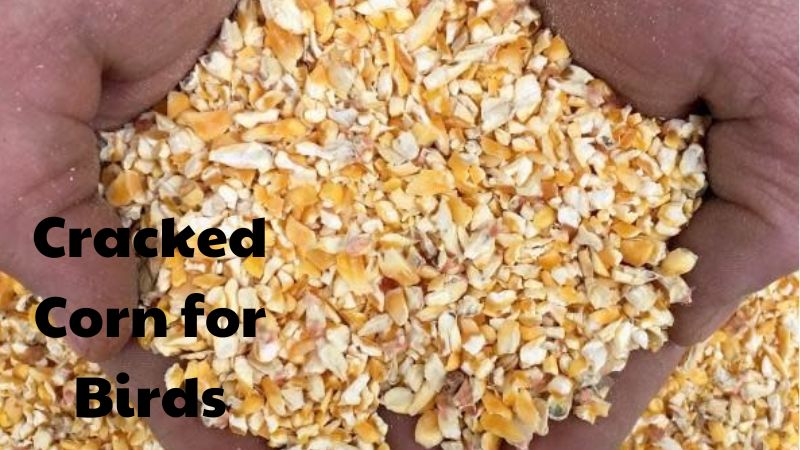
How to Select and Prepare Cracked Corn for Birds
Selecting Corn
When choosing corn, opt for fresh kernels that are firm and free from pests. Avoid corn that shows signs of mold or damage, as these can be harmful to birds.
Preparation Methods
- Cooking: Soak the corn in water for about 30 minutes, then cook until soft. Allow it to cool before separating the kernels.
- Steaming: Steam the corn in a pot for approximately 20 minutes, then separate the kernels after cooling.
- Popping: Toast the corn until it pops, then let it cool before removing the kernels.
Notes
- Avoid feeding birds raw corn or corn that has developed mold.
- You can mix cracked corn with other seeds, such as millet or rice, to enhance its nutritional value and provide a varied diet for your birds.
How to Feed Birds Cracked Corn
Feeding cracked corn to birds is a simple yet effective way to provide them with essential nutrients and energy. Here’s a detailed guide on how to do it properly.
Amount of Food
The amount of cracked corn to offer varies based on the size and species of the bird. For smaller birds, such as finches or canaries, a tablespoon or two per feeding is typically sufficient. Larger birds, such as parrots or pigeons, may require a more generous portion, possibly up to half a cup, depending on their dietary needs.
It’s essential to observe your birds and adjust the amount accordingly, ensuring they are neither underfed nor overfed.
Frequency
To maintain a healthy feeding routine, offer cracked corn to the birds 1 to 2 times a day. Morning and evening feedings can provide a consistent source of energy throughout the day. Regular feeding helps establish a routine, making your birds feel secure and well-nourished. Additionally, it allows you to monitor their eating habits and overall health more effectively.
Feeding Methods
- Directly in Feeders:
- One of the easiest ways to feed birds cracked corn is to place it directly into a bird feeder. This method is convenient, as it keeps the corn clean and dry, protecting it from contamination. Choose feeders with openings suitable for the size of the birds you’re feeding, ensuring they can easily access the corn.
- Make sure to clean the feeder regularly to prevent mold growth and to keep the feeding area hygienic.
- Scatter on the Floor:
- Another effective method is to scatter the cracked corn on the floor of the birdcage or aviary. This mimics natural foraging behavior, encouraging birds to engage in their instinctual habits.
- This approach can be particularly stimulating for birds, as they enjoy searching for food. However, be cautious about how much you scatter, as uneaten corn can attract pests or lead to waste.
- Regularly check the area for any leftover food to maintain cleanliness.
Additional Tips
- Observation: Always observe how your birds react to the cracked corn. If they seem uninterested or if there’s a significant amount left uneaten, consider adjusting the amount or frequency of feeding.
- Diet Variety: While cracked corn is nutritious, it’s best to offer it as part of a varied diet. Combine it with other seeds, fruits, and vegetables to ensure your birds receive a well-rounded nutritional profile.
- Hydration: Ensure that fresh water is always available alongside their food. Hydration is crucial, especially when feeding dry foods like cracked corn.
By following these guidelines, you can ensure that your birds enjoy their cracked corn while maintaining their health and well-being!
Conclusion
In conclusion, cracked corn for birds is a highly nutritious option that supports their growth, energy needs, and feather health. Its digestibility and appealing taste make it a favorite among various bird species. By incorporating cracked corn into their diet, bird owners can enhance their pets’ well-being and encourage natural foraging behaviors, contributing to their overall happiness and vitality.
